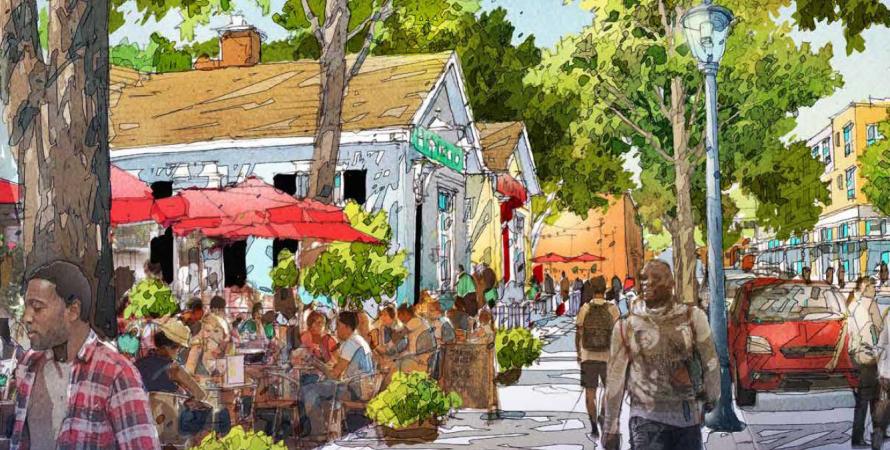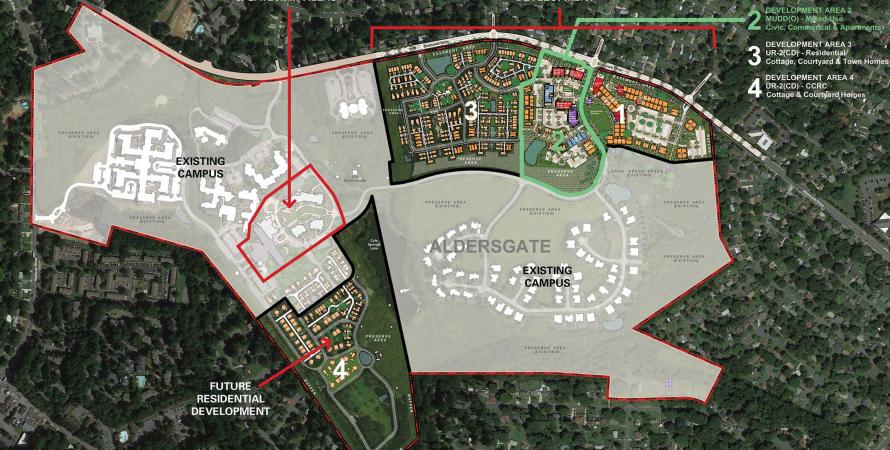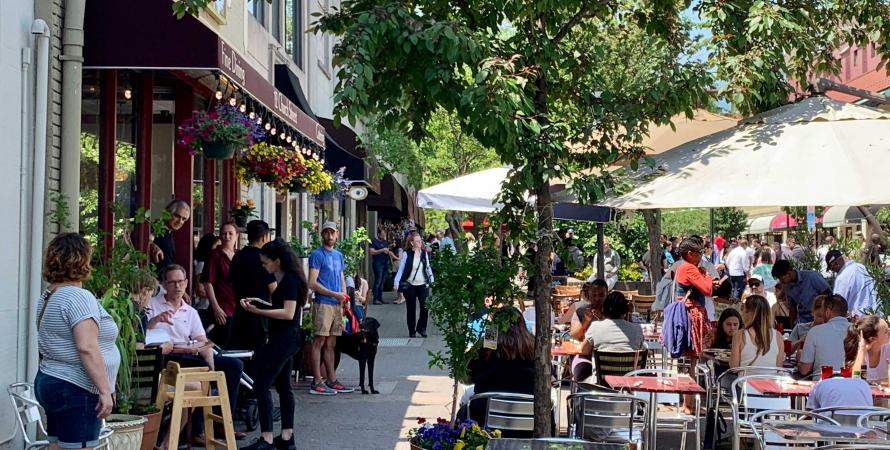-

Legacy Projects proposed for Oklahoma
CNU is seeking design teams to lead historically and culturally significant projects in Oklahoma City and Tulsa in advance of CNU 30.CNU launched the Legacy Projects in 2015, and the program has achieved high rate of implementation and impact over the last six years. Legacy Projects create urban design plans for diverse neighborhoods in cities, towns, and suburbs through a collaborative process with community members. Legacy...Read more -

Ten environmental benefits of walkable places
This is third in a series of articles on the advantages of building human-scale cities and towns.“The recovery of spawl to vibrant places is literally our generation’s greatest challenge,” says architect Steve Mouzon . There are many benefits to building walkable places, backed up by research and common sense. A research report called Cities Alive by Arup, a multinational engineering and...Read more -

Planning for retrofit of retirement communities
Continuing care retirement communities are a huge industry, planned in the suburban model, often with excess land that could be better utilized in a walkable, mixed-use form.The 231-acre Aldersgate campus in Charlotte, North Carolina, is one of 1,900 continuing care retirement communities (CCRCs) in the US. Like most CCRCs, Aldersgate is set back from the surrounding city, planned in the single-use suburban model. More than 70 years after the development broke ground...Read more -

Supporting evolving Central Social Districts
Main Streets, downtown cores, and neighborhood centers play a vital social role in American communities. The idea of Central Social Districts offers a way for cities to nurture this function to help urban centers thrive.Public Square editor Robert Steuteville interviewed economic development expert N. David Milder of DANTH, Inc., on Central Social Districts. Milder wrote a paper that was recently published in the American Downtown Revitalization Review . This is Part 2 of a two-part interview. See Part 1 . RS:...Read more